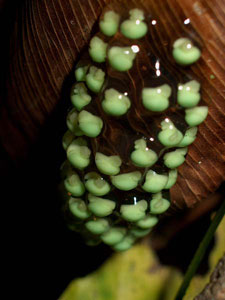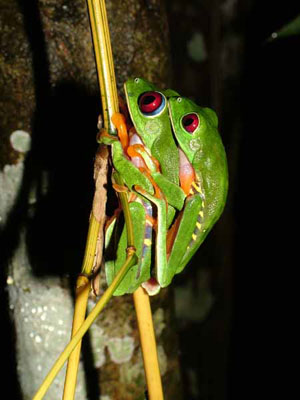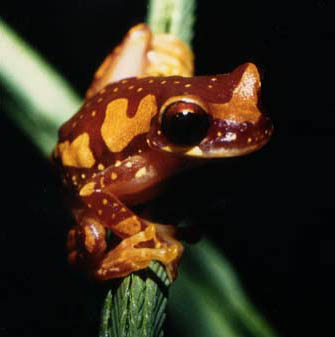

| Welcome |
| A Neotropical Rainforest |
| Nicaragua |
| Rainforest Research |
Plants: |
| Insects: |
| Bullet Ants |
| Leafcutter Ants |
| Birds: |
| Mammals: |
| Howler Monkeys |
| Three-toed Sloth |
| Baird's Tapir |
| Jaguar |
| White-lipped Peccary |
| Agouti |
| Reptiles and Amphibians: |
| Red-eyed Tree Frog |
| Poison Dart Frog |
| Helmeted Iguana |
| Eyelash Viper |
| Terciopelo Viper |
| Spectacled Caiman |
| American Crocodile |
| Human Systems: |
| Rainforest Boy |
| Rainforest Girl |
| Traditional Ecological Knowledge |
| Deforestation |
| Rainforest Research |
|
|
||||||||||||||

Copyright Gerald R. Urquhart
Michigan State University
Students and teachers have permission to quote text and use images from this website in class assignments. Images may be used in classroom and academic presentations with notification of author. All other use should request permission.
Virtual Rainforest development supported by grant #0815966 from the


 When the pair find a location, the female will lay the eggs on the underside of a leaf above water. The male will fertilize the eggs and after about a week they will hatch and fall into the water. The tadpoles will grow into small frogs and leave the water afer three months.
When the pair find a location, the female will lay the eggs on the underside of a leaf above water. The male will fertilize the eggs and after about a week they will hatch and fall into the water. The tadpoles will grow into small frogs and leave the water afer three months.



